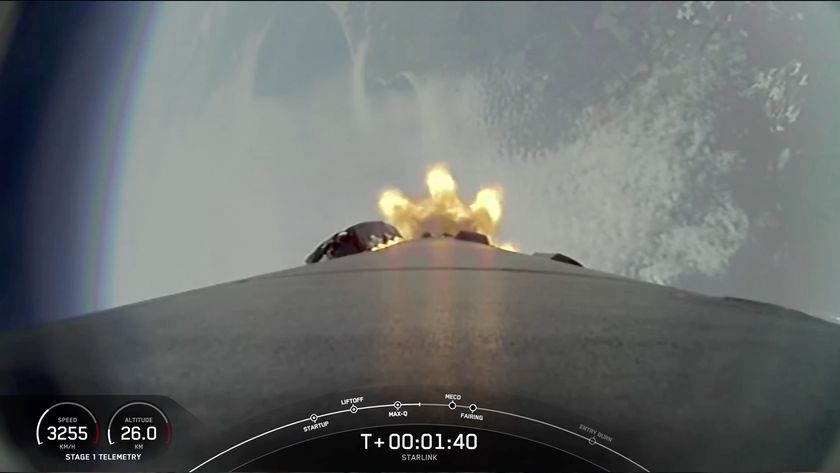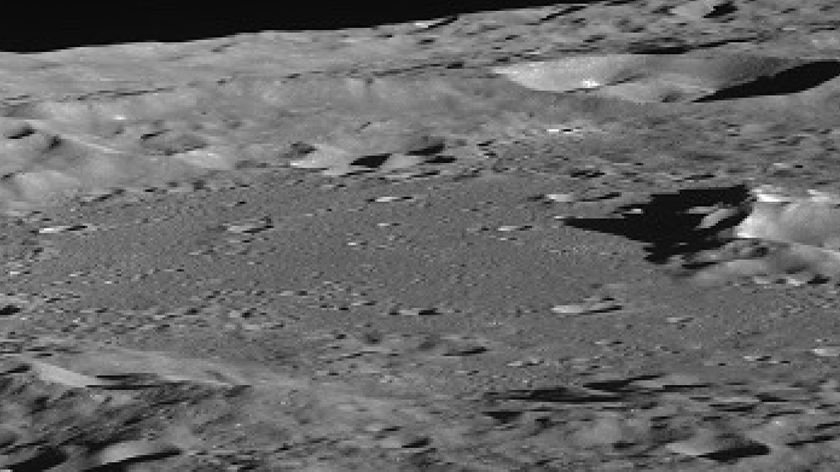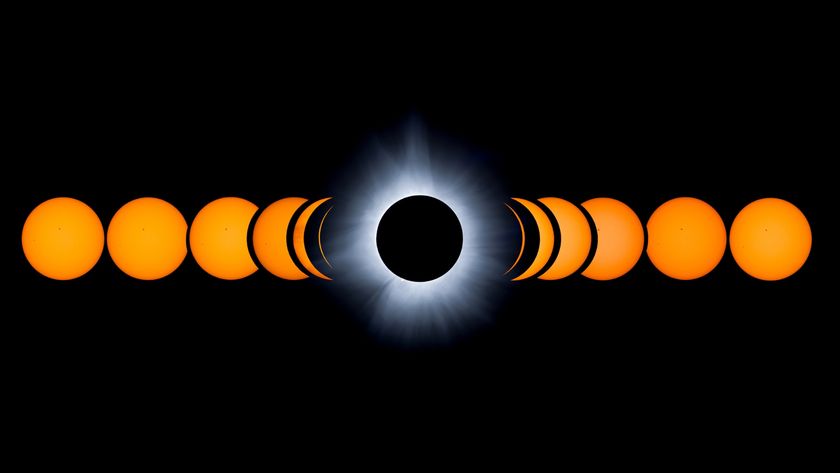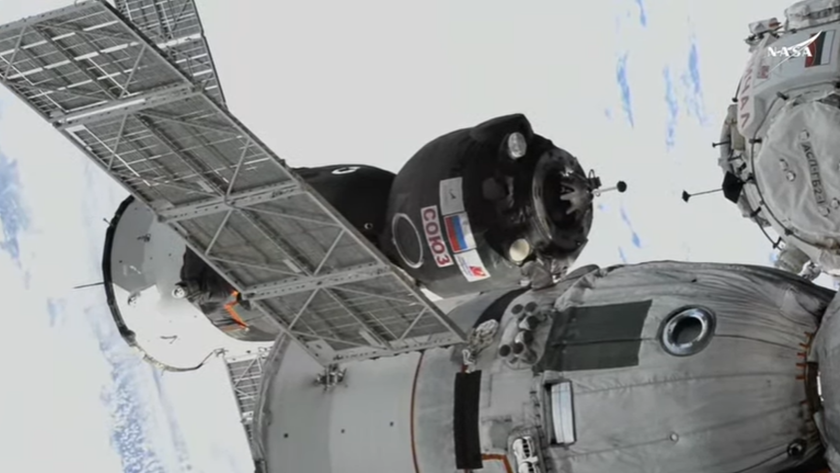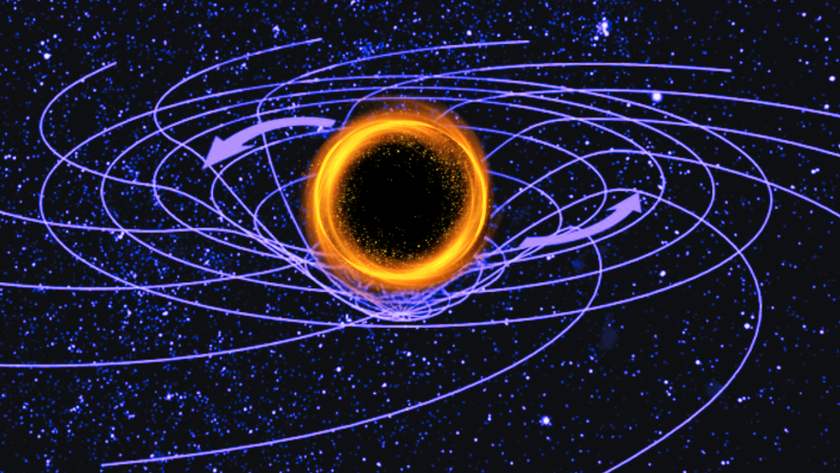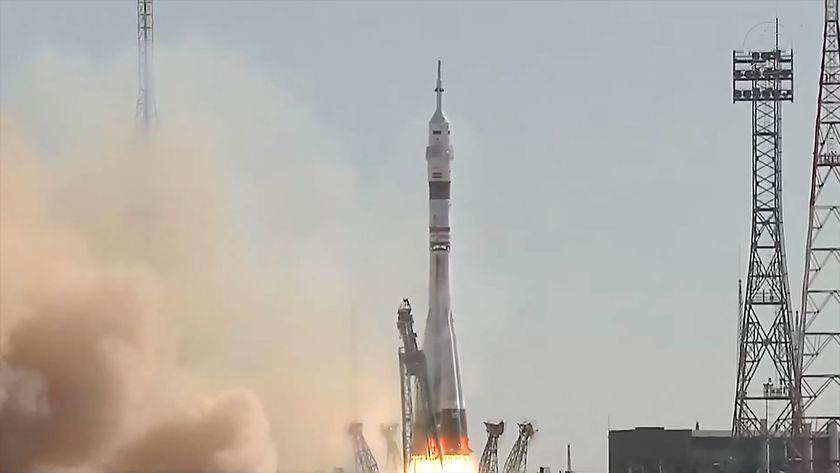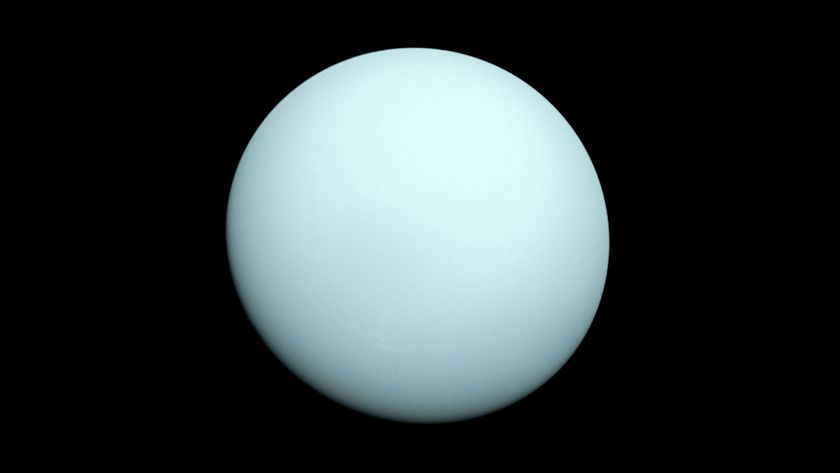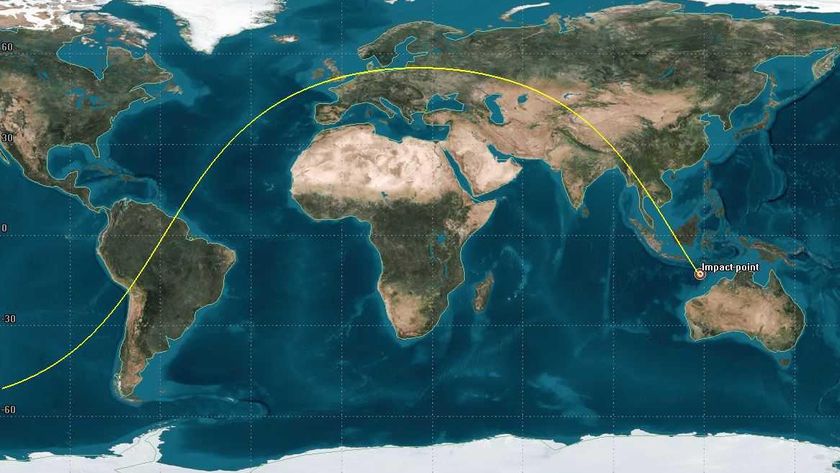Photos: Dwarf Planet Ceres, the Solar System's Largest Asteroid
Colorized Map of Ceres (Mercator Projection)
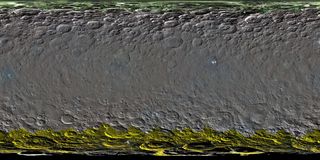
Researchers used a clear-filter mosaic to make this colorized global map of Ceres. The map had color added using spectral data from other observations of Ceres (calculated using a color transformation program). The green and yellow areas at high latitudes show where Dawn's color imaging coverage remains incomplete. Image released March 22, 2016.
Center of Occator Crater in Enhanced Color
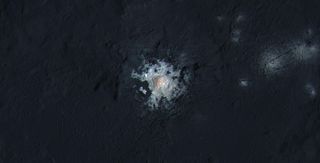
The bright spots in Occator Crater on dwarf planet Ceres appear here with enhanced color, in a view from NASA's Dawn spacecraft. Image released March 22, 2016.
False-Color View of Occator Crater
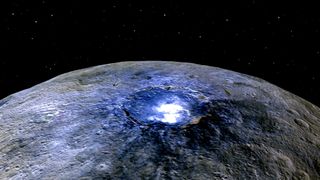
False-color view of Occator Crater showing differences in surface composition. Red corresponds to a wavelength range around 0.97 micrometers (near infrared), green to a wavelength range around 0.75 micrometers (red, visible light) and blue to a wavelength range around 0.44 micrometers (blue, visible light). These images were captured by NASA's Dawn spacecraft from a distance of 2,750 miles (4,450 kilometers)
Ceres Illustration - Dawn Data
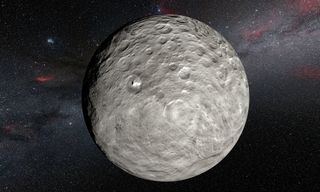
An artist's illustration of Ceres based on mapping and observations from NASA's Dawn spacecraft currently orbiting the dwarf planet in the Asteroid Belt.
Ceres' Surface Up Close
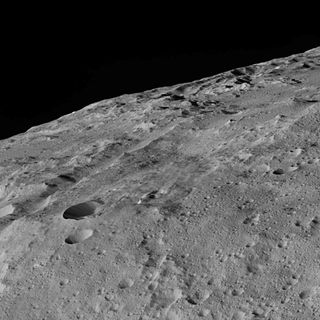
The surface of the dwarf planet Ceres, taken by NASA's Dawn spacecraft on December 10, shows an area in the southern mid-latitudes, around a crater chain called Gerber Catena
Ceres' Stressed Surface
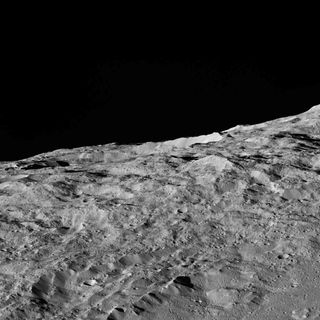
A close-up view of the dwarf planet Ceres, taken on Dec. 10, 2015, by the Dawn space probe, during a maneuver that placed the probe within 240 miles (385 kilometers) of Ceres.
Ceres' Cratered Surface Up Close
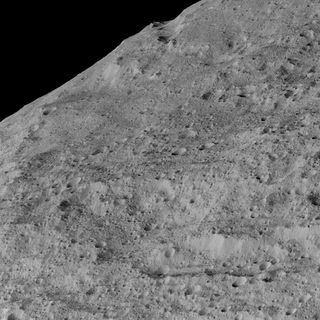
This view of Ceres, taken by NASA's Dawn spacecraft on December 10, shows an area in the southern mid-latitudes of the dwarf planet. It is located in an area around a crater chain called Samhain Catena, from an approximate distance of 240 miles (385 kilometers) from Ceres.
Get the Space.com Newsletter
Breaking space news, the latest updates on rocket launches, skywatching events and more!
Occator Topography
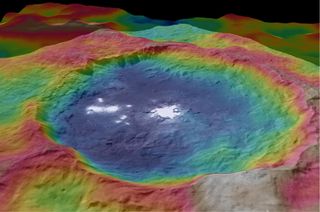
This color-coded topographic map shows Ceres' Occator crater, which is home to the dwarf planet's weird bright spots. NASA unveiled the image on Sept. 30, 2015.Read the full story.
Topographic Ceres Map with Feature Names
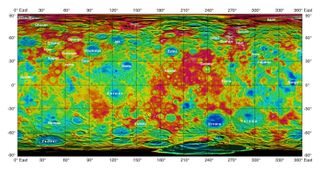
A color-coded map from NASA's Dawn mission reveals the surface topography of dwarf planet Ceres.Read the full story.
Map-Projected View of Ceres
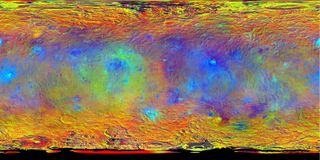
NASA's Dawn spacecraft obtained images for this map-projected view of Ceres during its high-altitude mapping orbit, in August and September 2015.Read the full story.
Join our Space Forums to keep talking space on the latest missions, night sky and more! And if you have a news tip, correction or comment, let us know at: community@space.com.

Space.com is the premier source of space exploration, innovation and astronomy news, chronicling (and celebrating) humanity's ongoing expansion across the final frontier. Originally founded in 1999, Space.com is, and always has been, the passion of writers and editors who are space fans and also trained journalists. Our current news team consists of Editor-in-Chief Tariq Malik; Editor Hanneke Weitering, Senior Space Writer Mike Wall; Senior Writer Meghan Bartels; Senior Writer Chelsea Gohd, Senior Writer Tereza Pultarova and Staff Writer Alexander Cox, focusing on e-commerce. Senior Producer Steve Spaleta oversees our space videos, with Diana Whitcroft as our Social Media Editor.
